Arrival in Fiji
Landed in Nadi, Fiji then taxi 50 miles south., 07.30.2016
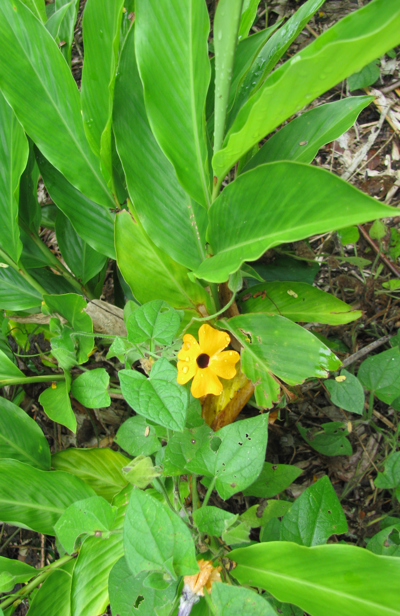


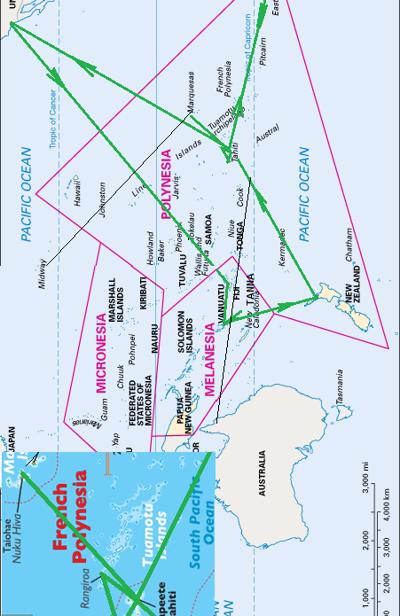
July 28, 2016, Thursday. Only an hour late leaving LAX we had a comfortable flight. I even had a vegan dinner and breakfast which was a first on an airplane. Fiji Air did a good job. As we waited to disembark we were charmed by a 5 year old who was very interested in the magazine I was reading and she stood next to me and commented on the things she saw. Quite a nice way to spend the time while waiting for the plane to empty. We were seated in the tail section.
July 29th - This day lost to the International Date Line.
July 30th, Saturday Arrive in Fiji and drive 1+ hour to our hotel, Yatule Resort and spa.
photo #1 Pretty flower seems to be a weed.
photo #2 A train of sugar cane passes when we leave the airport. Our taxi driver was friendly and stopped on the way at the local grocery store for us. We arrived at a beach resort which was calm, sunny, sparsely populated. We hear what sounds to me like soft Hawaiian music. So what I always thought was Hawiian is Polynesian.
The groceries we bought turned out to be a mistake because the rooms with kitchens had all been turned into two rooms, no kitchen. Just room and bath which doubled their availability. We are lucky though because "Shiv-knee" the chef, made a great curry meal for us on his first try. We will give the groceries away and just eat with our chef friend.
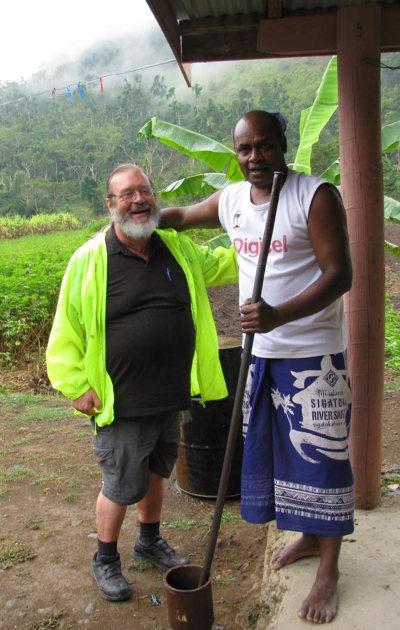
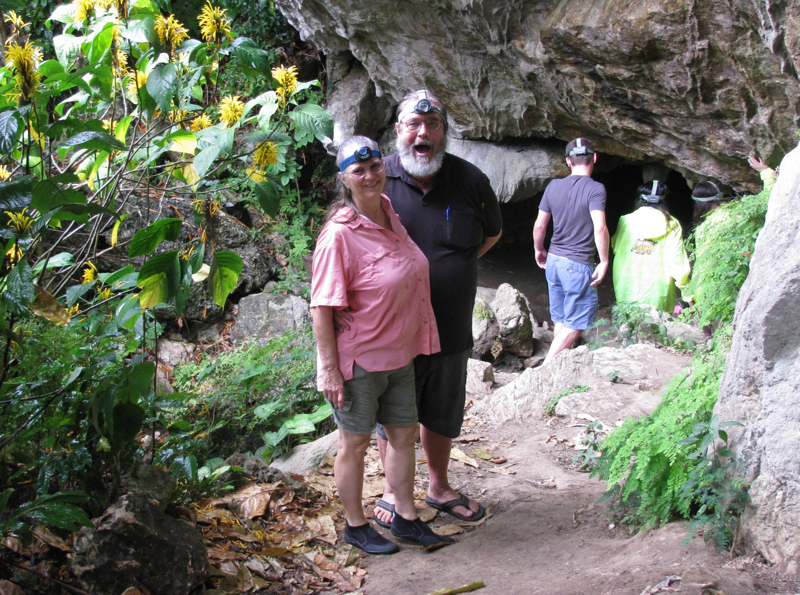
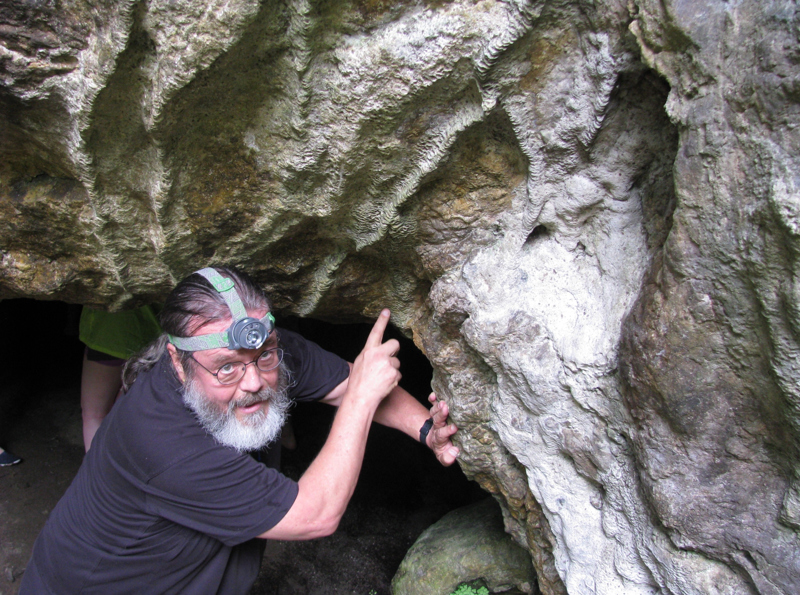


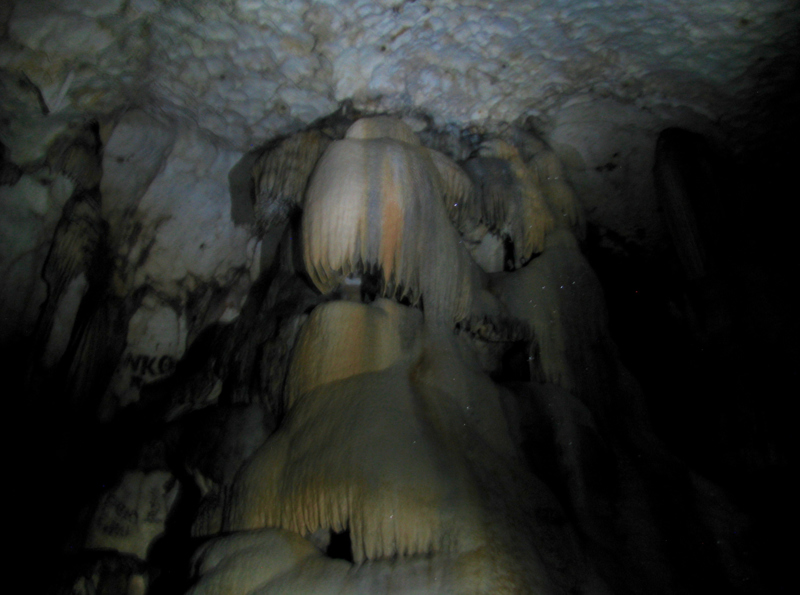
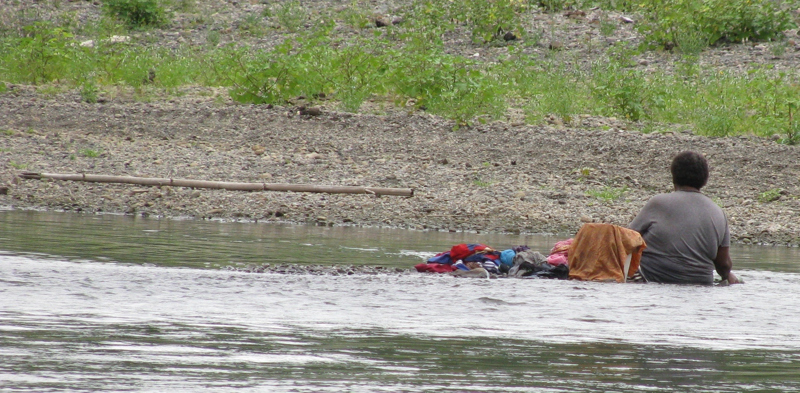
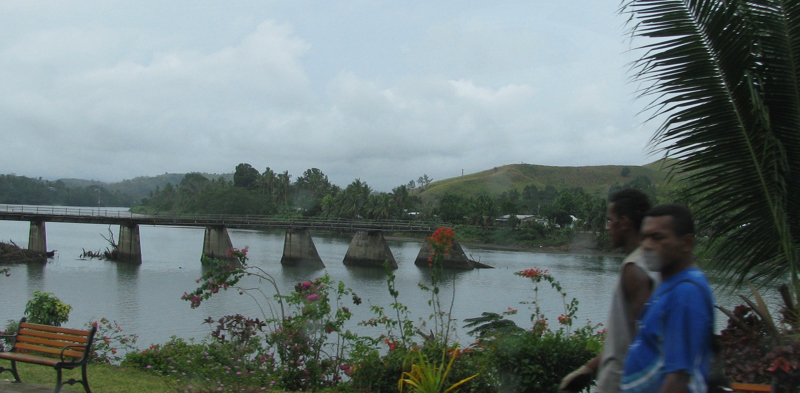
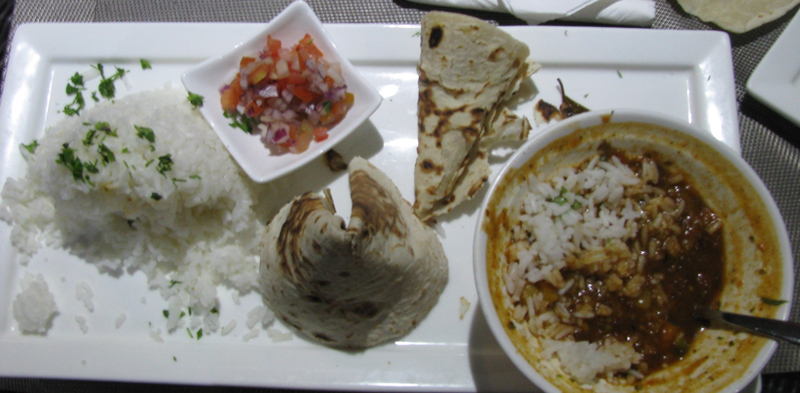
Our room is on the beach itself about 150 feet from the water. There is no sunset due to clouds. A storm is nearby.
photo #3 is of the veranda that we spent a lot of time on.
July 31st, Sunday We slept well and have a nice day recovering from Jet lag. We are lazy and read and nap. I notice that the men, security guards, gardeners and waiters pay special attention to young children. We often see one carrying a child and talking to the child with complete focus. The children are entranced by the attention and any fussing that they had been doing stops immediately.
It was nice to hear the booming crashes as the big waves hit the shore about every 8 seconds. After a pretty tame breakfast of juice over dry cereal and disappointing fruit we sign up for a week's worth of day trip adventures.
Aug 1, Monday We take an excursion, Safari to the Cannibal Cave. We ride on bumpy roads in the rain past small villages. Sometimes we see people and it is obligatory for us to yell Bula! at everyone we meet. It is the greeting word here. Often it is answered with "Bula Bula!" The smiles are pretty much universal.
The cannibal cave is located past a lot of countryside. Our visit there starts with a “Kava ceremony” with the chief and priest of this village.
photo #4 is of Chick and the Chief who is pounding the Kava root in the mortar with his pole. Chick is appointed our group's chief. We enter the room prepared for us and sit cross legged on the floor for
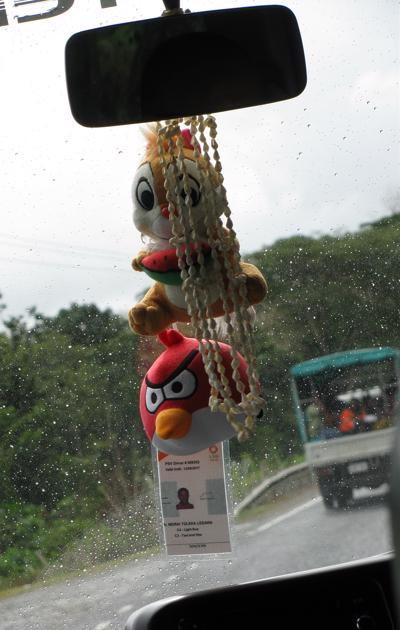
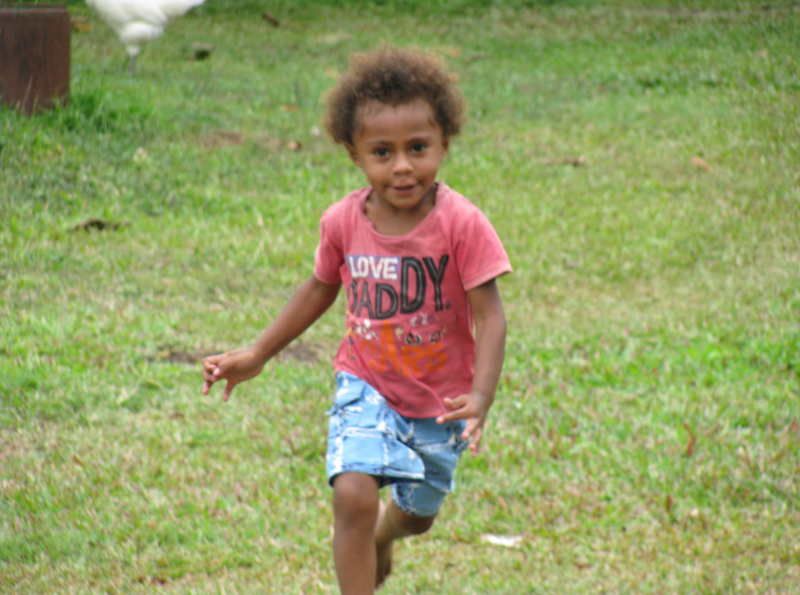

the ceremony. Our group brings a kava plant that has been uprooted and appears dried out. Once our gift of the plant is accepted we are given a drink with instructions to clap then take the bowl of kava, then drink it all, then hand back the bowl and say “vin-a'ka" (Thank you). The drink is very watery, foul tasting, and is given even to the little 10 year old who I am shocked to see actually swallows it. I guess he was having a good experience and took it very seriously. I would have expected a Tom-Hanks-like reaction like when Tom ate some caviar in “Big”. The drink makes my lips a little numb for half an hour or so.
Once fortified by the kava we walk down a well worn path to a cave that is in the side of a mountain wall.
photo #5 and #6 entrance to the cannibal cave.
We walk in through water that eventually gets high up on our thighs. To go through a very low ceiling area we bend forward and kinda


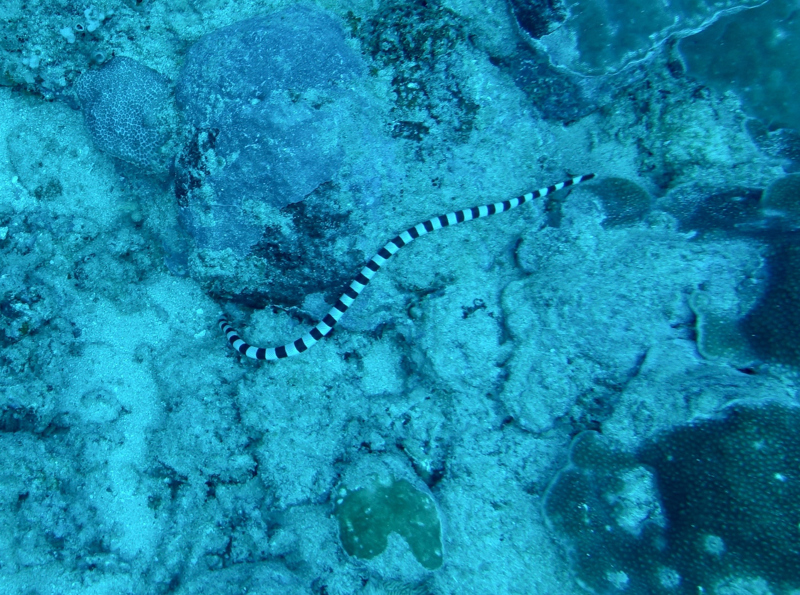
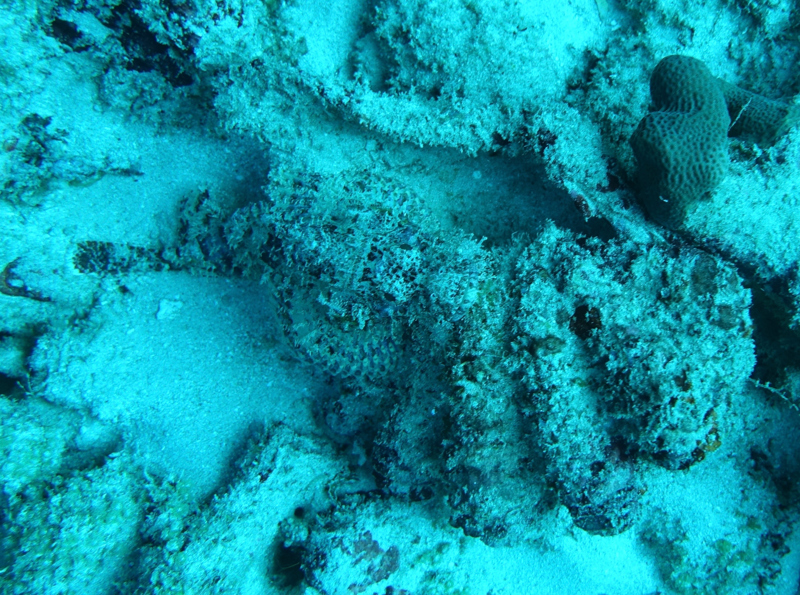

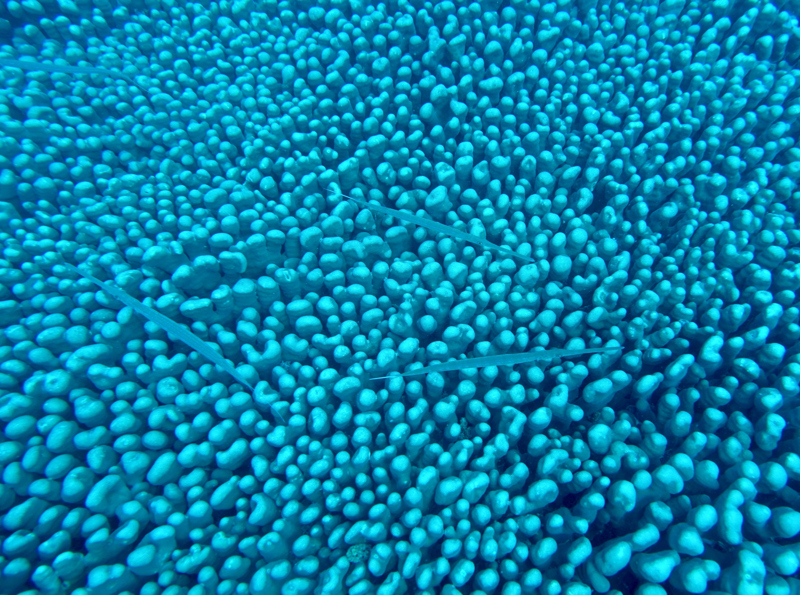
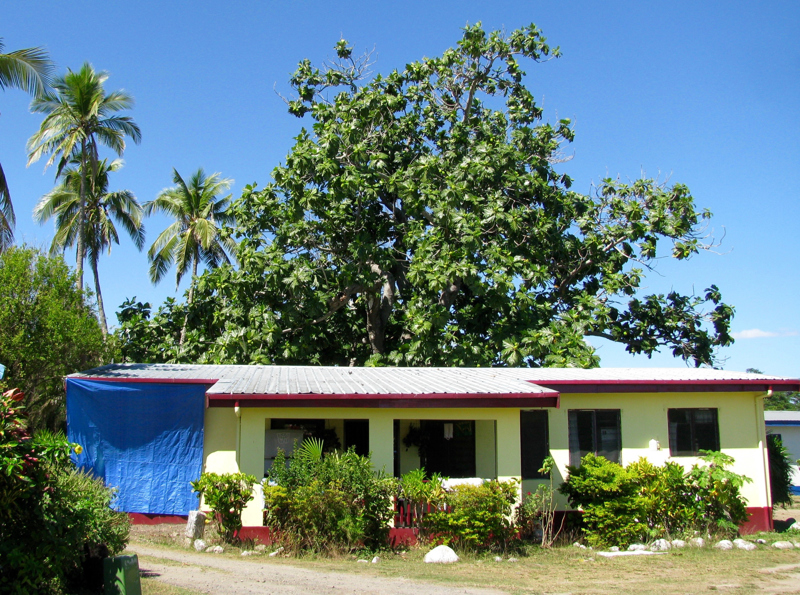
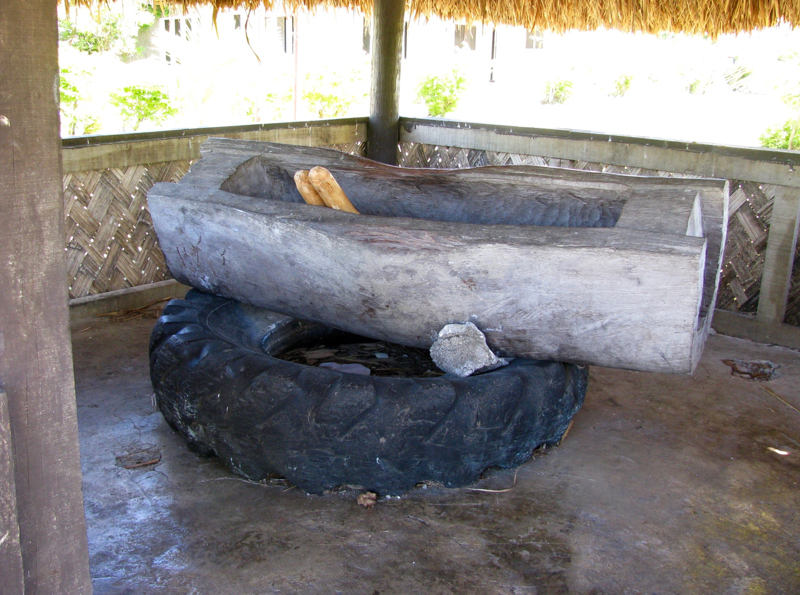
duck walk sideways with hands extended out to balance us on a log. Ducking under the low ceiling reminds me of limbo. The low ceiling spot is called the pregnancy gap. Pregnant unmarried cannibals would be found out when passing through and would be served for the next meal, we are told.
photo #7, #8, and #9 Inside the cave.
Once inside we get to see some lovely flow stone limestone formations that catch the light nicely. One of them looks like an upside down man and another a woman. We are shown a hole in the side of the cave where we are told that humans were cooked and we are shown where the bodies would have been laid out before cooking.
Unimpressed with the phony stories we still find the cave is a nice one. One story that seems more likely is that 400 of the last cannibals on the island hid in this cave for months when they were being hunted to be converted to Christianity from their Animism and Cannibalism.
As we ride back to the town we are met occasionally with running children who hope to get the small snack bags that are left over from our lunch.
photo #10 and #11 We see a woman doing laundry at the river and a washed out bridge that was a casualty of a cyclone and flood.
photo #12 A hot curry with roti bread. We are lucky we like the dish that our cook likes to make. We will have it several times. It is difficult for most chefs to cook without oil.
photo #13 angry birds is here. This one is for my friend Carol.
photo #14 Kid runs to get a snack from us before the other children can get to us first.
photo #15 toddler who was naked when we first passed him standing pretty much where he is now in a towel. I guess his parents are teaching him about the tourists modesty requirements. He is too young to run for our vehicle. Notice the construction of the house.
Aug 2, Tuesday I give scuba a try. It is ugly down below just off the
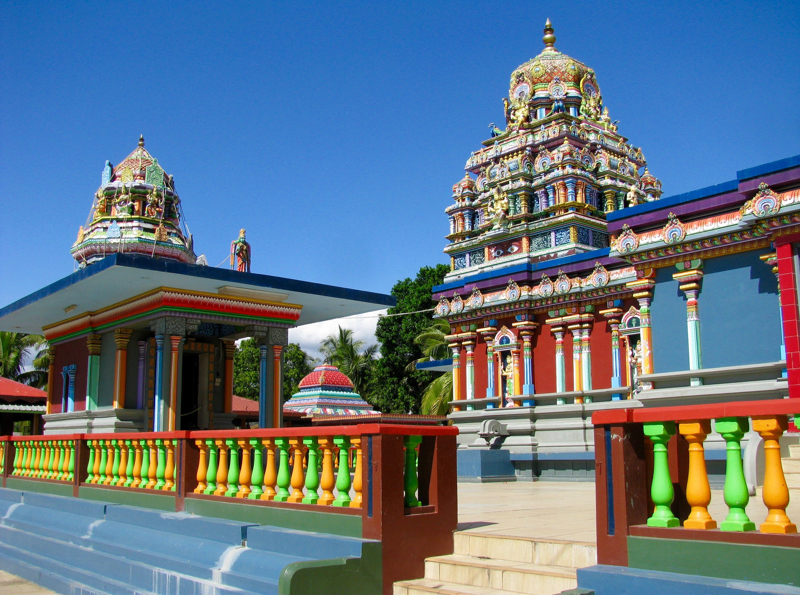

resort. I pay~ $74.00 US. I am the only diver and the dive master is a lovely woman who is eager to please. Unfortunately this site has been so damaged that there was very little life to see. They had a cyclone in March of 2015 and the site is probably overused by new divers. There were individual animals to see. A black and white striped sea snake which is deadly per internet information but it can't open its mouth wide enough to bite a person and it's fangs are far back in its mouth. I see one large sea cucumber, a spotted ray, one clown fish and strangely flat anemone, a stone fish, a lionfish, no soft corals, but a, new to me, nobby looking kind of hard coral that is curious to see. I include a photo of it with 3 needle fish or one of their cousins. It was pretty brown down there. I cancel my second dive for the day and the

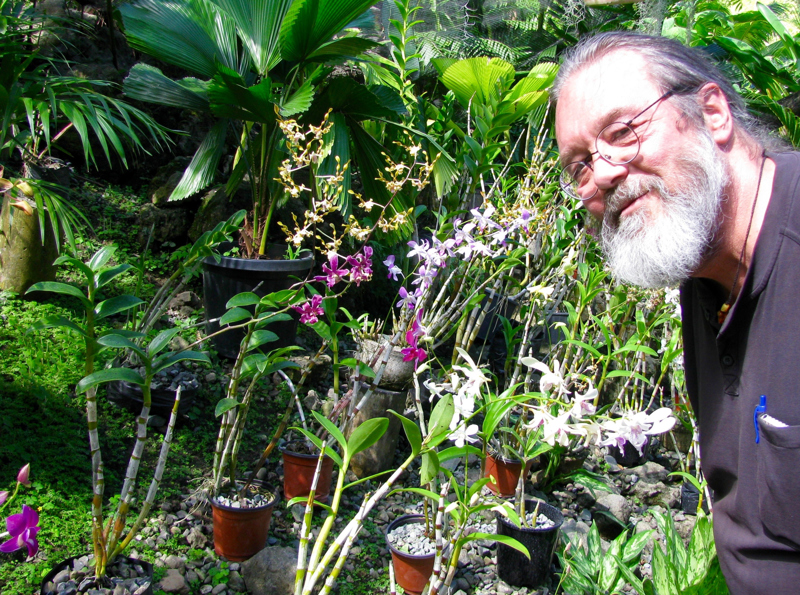
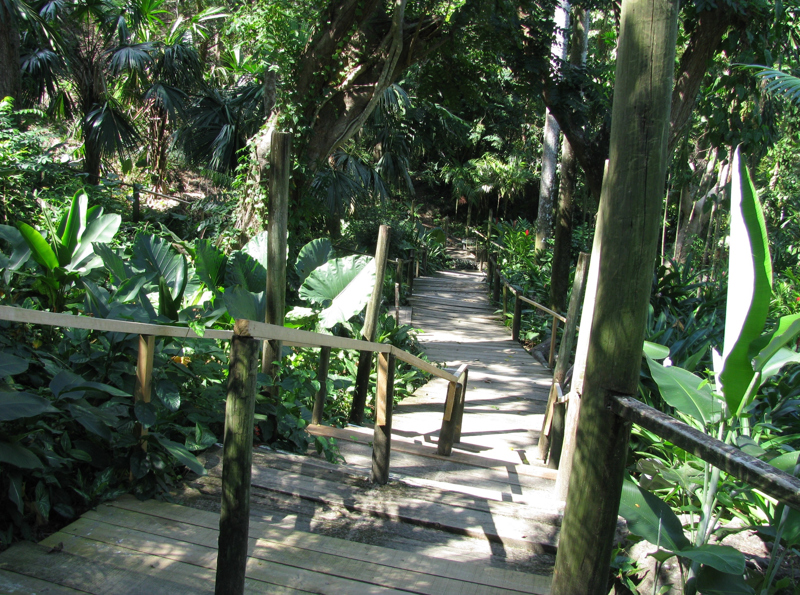
ones scheduled for later in the week.
photo #16 a feeding sea cucumber. The fancy left end is the feeding end. Later I will find one next to a bunch of poop that I pick up. It appears to be nothing but sand and falls apart through my fingers.
photo #17 Spotted eagle ray.
photo #18 Black and white poisonous sea snake.
photo #19 Stone fish on the left and clam on the right of what looks like a chimera in the photo.
photo #20 lionfish
photo #21 nobby looking coral.
Aug 3, Wednesday We take a ride again through the most populated area. A small village houses the clan, where the chief lives. We are told that these people arrived in Fiji 300 years ago from South Africa. The village includes a large church with rounded stones sticking up from the ground near the entrance next to a plaque with names on it. It reminds us of the funeral stones we saw in Torajaland, Indonesia. I ask if the stones represent important people who have died and our guide says yes. She has a lovely face which looks strong, intelligent, and patient. She tells us of village life. There are 6 clans in her village. Carpenters, farmers, fishermen, priests, hunters, those that take care of children and those that take care of the emotional harmony of the village. She tells us all of the things they make out of the coconut. The trunk becomes furniture, leaves are made into roofing materials, walls, mats, baskets, serving plates,and the nuts are made into bowls
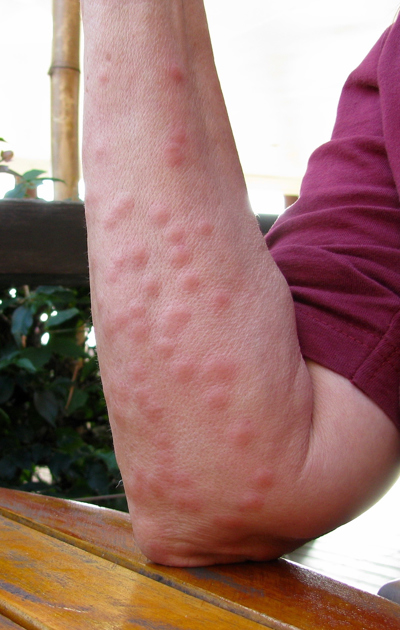
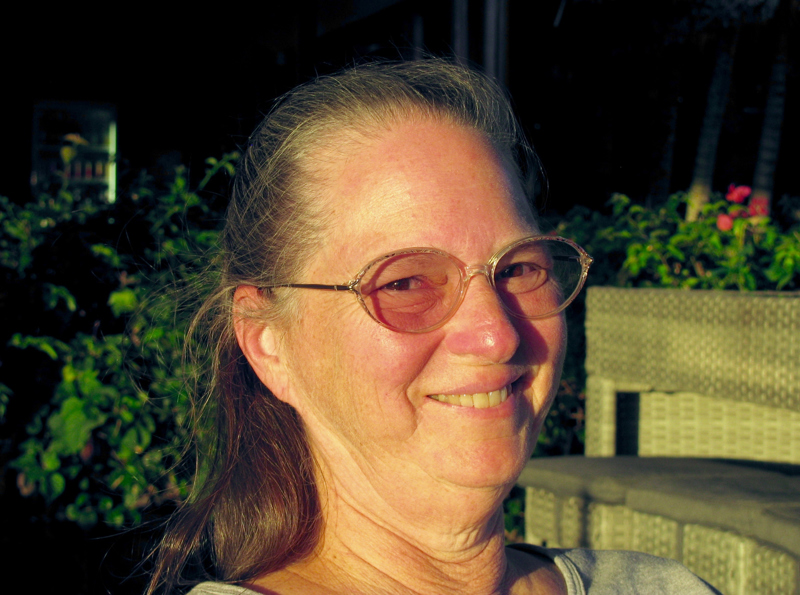
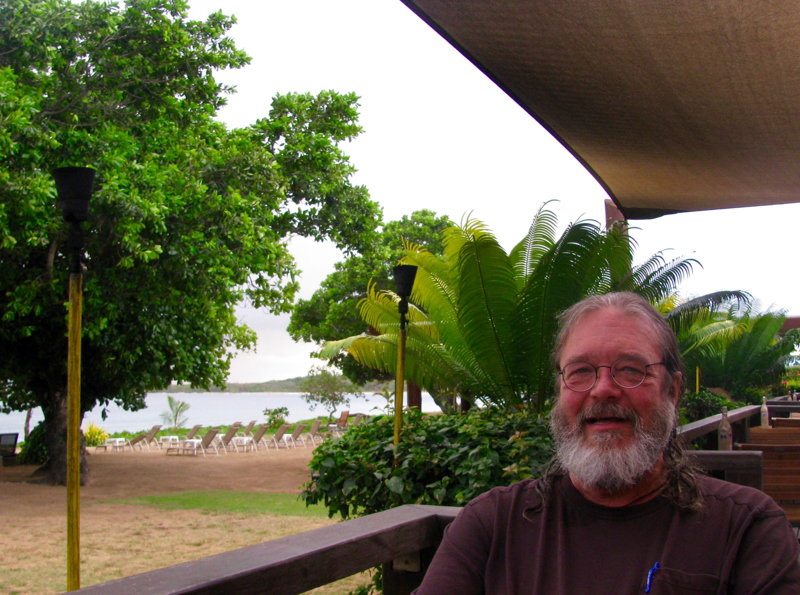
and beads for jewelry.
The chief’s house is the tallest in the small village.
photo #22 Towering over some of the houses there is a very large breadfruit tree. We are told that it produces 2 crops each year and the fruit is not preserved but eaten as it ripens.
photo #23 A large wooden drum on top of a big tire is housed in a small open sided hut. It is used to announce births with a quick rhythm and deaths with a slow rhythm. It is also used to announce other things. I find a large cowrie shell necklace to buy before we leave. ($10 US). I will get complements on it where ever I wear it. I can see local women looking at it closely in order to copy it. It lies nice and flat on my collar bones. There is a photo of it with me under
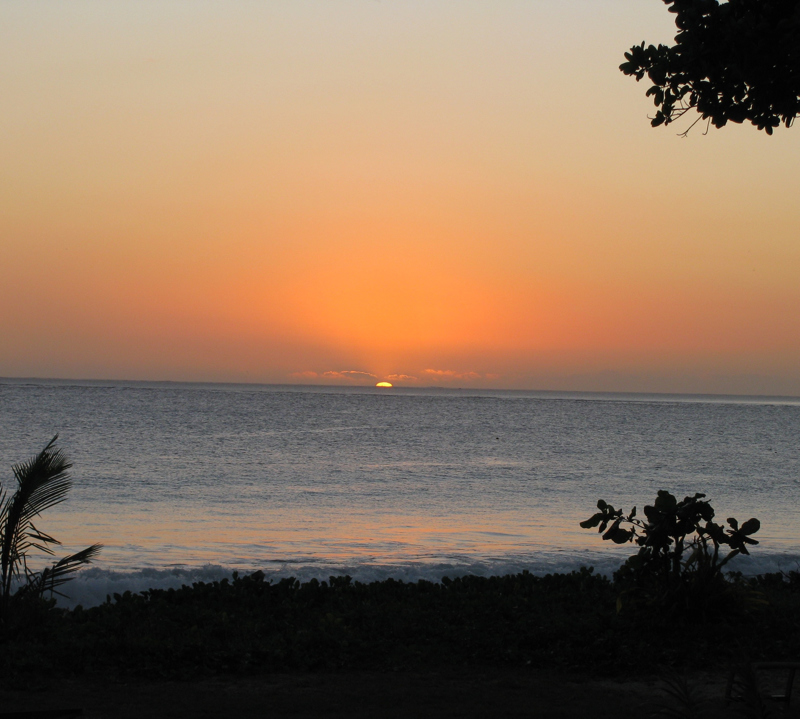
a plant with yellow flowers later in this diary.
photos#24, #25 #26 The largest Hindu Temple in Fiji. $5 US admission. After looking at the very colorful and completely painted and decorated temple we have lunch at the nearby Vegetarian Restaurant. "Idli" rice cakes and a cocoanut relish is the only thing offered without oil. It is familiar and enjoyed by Chick, recalling when he had the same while traveling in India in 1976.
photos #27 , #28, Orchid farm at the Sleeping Giant Mountain. It is lovely and we have a nice walk along shaded paths. Finally our driver, Row-one, takes us back to our beach hideout.
photo #29 In the evening while seated in a wicker chair some kind of bug bites my arm. It itches pretty intensely.
Aug 4, Thursday, I swim then go for a massage. It is lovely, one hour for $20.00 US. After dinner when we were going to our room a gecko jumped on me. It went down my back inside my shirt, around under my arm to my front and up to my shoulder then to the back of my neck and up into my hair. At that point Chick was able to brush it off without apparently hurting it. The gecko had soft little hands. If I had known what it was I would have been much calmer. As it was I was about to strip right there to let whatever it was out.
Fiji has three kinds of geckos. The little ones we have in our room are like the ones in Hawaii except they are not decorated, rather plain like small lizards from the USA. They are a pale tan color. The one that jumped on me was a little longer and a lot fatter. It also was colored red brown like the huge one we saw last year near the Komodo National Park.
photo #30 and #31 We sit on the veranda near the ocean.
photo #32 our last night here and we finally get a pretty sunset.
Begin vandaag nog!
Waar wacht je nog op? Leg je avonturen vast in een digitaal dagboek dat je kan delen met vrienden en familie. Wissel op elk moment tussen verschillende apparaten. Ga aan de slag in onze online applicatie.
